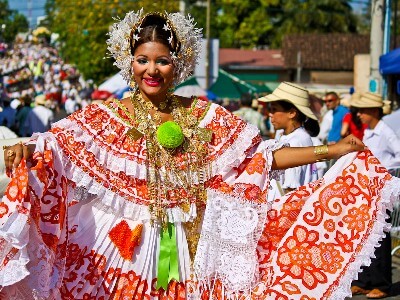Cool Stuff 2: Music from South America
Traditional/Folk music of Bolivia
Hello, welcome back! Today we’re moving into traditional Bolivia's folk music. But before we get into it we’re going to learn a little bit about Bolivia history. In an article I read it states that Bolivia is largely covered with the mountains of the Andes. Which has many uphills and downhills of tropical regions. Like many other Andean nations, a lot of folks and traditional music are combined with Spanish music. Even though the music is similar, it also has its own variety and dance styles and rhythms. Throughout the many years, carnivals and festivals have been held to reflect many dances and songs. Also, an artist called Los Jairas took folk music to the radio and made them popular all over Bolivia.
Traditional Instruments
The following song (shown below) is named Par Par Paimota by Los Jairs. When I first heard this song at the beginning, it reminded me of the many songs we’ve heard in class. Little is known about Los Jairas, but I was about to find out a little bit about them. Ernesto Cavour is playing the charango. The charango is a small Andean stringed instrument; it is like a small banjo. Edgar Joffre is the voice and plays the drums and zampone (also called siku). The zampona is a Andean panpipe. It consists of several different flute sizes. Gilbert Favre is playing the quena (kena). The quena is a traditional flute of the Andes. It is made of 7 holes made out of wood. Julio Goday was the fourth member but it does not say what instrument he was playing. What caught my ears about this song is that it feels like it can dance too. Also, it sounds very catchy with all the instruments being played. Below the song is posted. I hope you enjoy it!
Traditional Dances
Traditional Bolivian Dress


https://folkcloud.com/folk-music-by-country/bolivia
https://en.wikipedia.org/wiki/Los_Jairas
https://www.visitbolivia.net/bolivia-guide/bolivian-dress.html
I like how you formatted your blog. It had a nice flow that made it easy to connect the topics. The costumes for the bolivian carnival were almost disturbing because of the masks. I thought it was beautiful how they use bright color to show how proud they are of their heritage.
ReplyDeleteI loved your inclusion of background and cultural information, it honestly made me feel like I was in class. Your entire blog was great, but what really intrigued me was how similar the Traditional Bolivian Dress is to the Jamaican one.
ReplyDelete